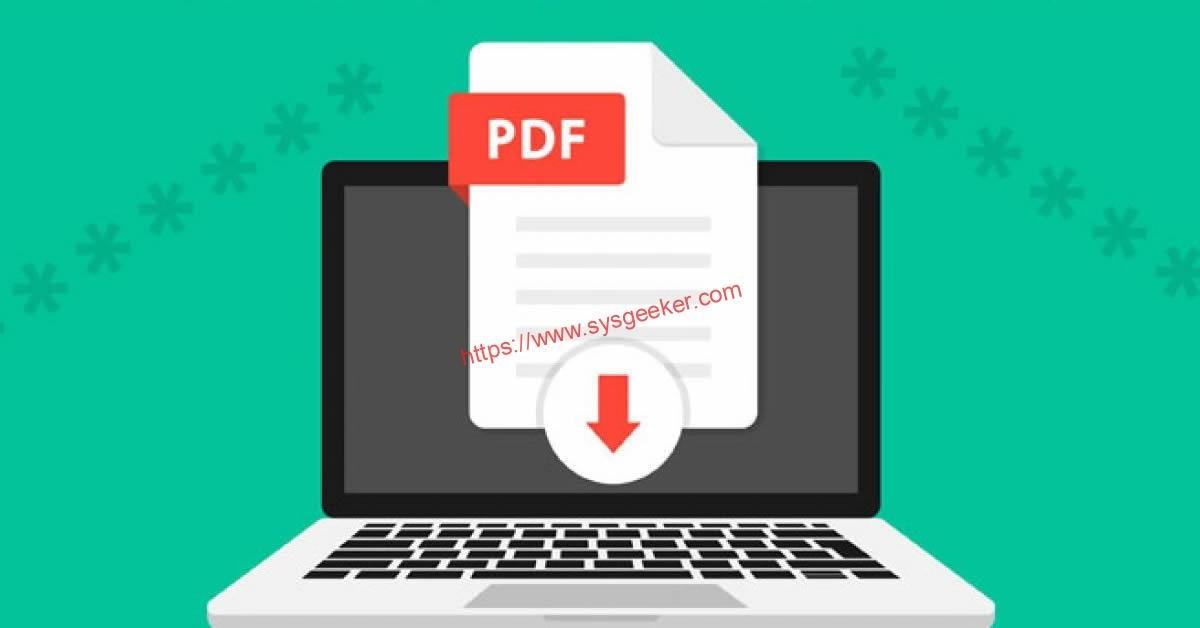In today’s digital age, businesses heavily rely on the electronic exchange of sensitive information. Whether it’s financial reports, client data, or proprietary documents, safeguarding these digital assets is of utmost importance. One effective way to bolster security and protect sensitive information is by locking PDFs. In this blog, we will explore how locking PDFs can significantly improve security for your business, fortifying your data against unauthorized access, tampering, and data breaches.
The Power of PDF Locking
The first step towards bolstering your business’s security is understanding the power of PDF locking. Unlike standard PDFs, locked PDFs offer an additional layer of protection. By applying password-based encryption, you can control who can access, modify, or print the contents of the document. This added security measure ensures that even if the PDF falls into the wrong hands, the data within remains shielded from prying eyes.
With the option to set different user permissions, you can customize the level of access granted to individuals. For instance, you may allow some employees to read and edit the PDF, while others can only view the document without making changes. This granular control over permissions enhances data confidentiality and streamlines workflow processes within your organization. Learning how to lock a PDF is simple and depends on your OS. But once you know how to do it, you’ll be able to set controls for each document you create.
Safeguard Confidential Information
In any business, confidentiality is a cornerstone of trust. Locked PDFs provide a robust solution for safeguarding confidential information. Whether you’re dealing with financial records, legal contracts, or intellectual property, applying encryption ensures that only authorized personnel can access sensitive data.
Consider a scenario where you’re sharing a contract with a client that contains sensitive pricing information. By locking the PDF and sharing the password securely, you prevent unauthorized personnel within your client’s organization from viewing or manipulating the contract’s content. This level of protection builds trust and demonstrates your commitment to preserving the confidentiality of your client’s data.
Protect Against Unauthorized Access
Unauthorized access to business data can lead to significant financial losses and reputational damage. One of the primary advantages of locking PDFs is guarding against such unauthorized access. As cyber threats continue to evolve, malicious actors constantly seek to exploit vulnerabilities in data security. However, locked PDFs act as a deterrent, discouraging potential attackers from attempting to breach your data.
With strong passwords and encryption algorithms, locked PDFs present a formidable barrier to unauthorized access. To further enhance security, it’s essential to create complex passwords that combine uppercase and lowercase letters, numbers, and special characters. Regularly updating passwords and utilizing two-factor authentication adds another layer of protection, making it even harder for hackers to crack.
Prevent Data Tampering
Integrity is paramount when it comes to business documents. The authenticity and accuracy of data can directly impact crucial decisions and business operations. By locking PDFs, you create an electronic seal that protects against data tampering.
Imagine sharing a project proposal with potential investors or stakeholders. If the PDF is not locked, it could be altered without your knowledge, leading to misinformation and lost opportunities. However, when the PDF is encrypted and locked, any attempts to modify the document will be futile without the correct password. This ensures that the information remains intact, preserving the document’s credibility and ensuring the accuracy of shared data.
Mitigate Data Breach Risks
Data breaches have become a prevalent threat in the digital landscape, affecting organizations of all sizes. The repercussions of a data breach can be devastating, including legal liabilities, financial losses, and loss of customer trust. Utilizing locked PDFs can be a proactive measure to mitigate data breach risks and protect your business from potentially catastrophic consequences.
In the event of a data breach on your network or cloud storage, locked PDFs act as secure containers, limiting the exposure of sensitive information. Even if hackers manage to infiltrate your systems, the encrypted PDFs remain indecipherable without the appropriate passwords. By implementing this security measure, you add an extra layer of protection to critical data and reduce the risk of significant data breaches.
Comply With Industry Regulations
Depending on the nature of your business, you may be subject to various industry-specific regulations concerning data security and privacy. From healthcare to finance, adherence to these regulations is not only a legal requirement but also a fundamental aspect of maintaining customer trust.
Locking PDFs can be a valuable tool in achieving compliance with these regulations. By protecting sensitive data through encryption, you demonstrate your commitment to maintaining the highest standards of data security. Additionally, encryption helps in meeting specific compliance requirements that mandate data protection mechanisms, thereby ensuring you avoid potential penalties and legal repercussions.

